BlackBerry KEY2: the ‘defiantly different’ smartphone everyone’s talking about
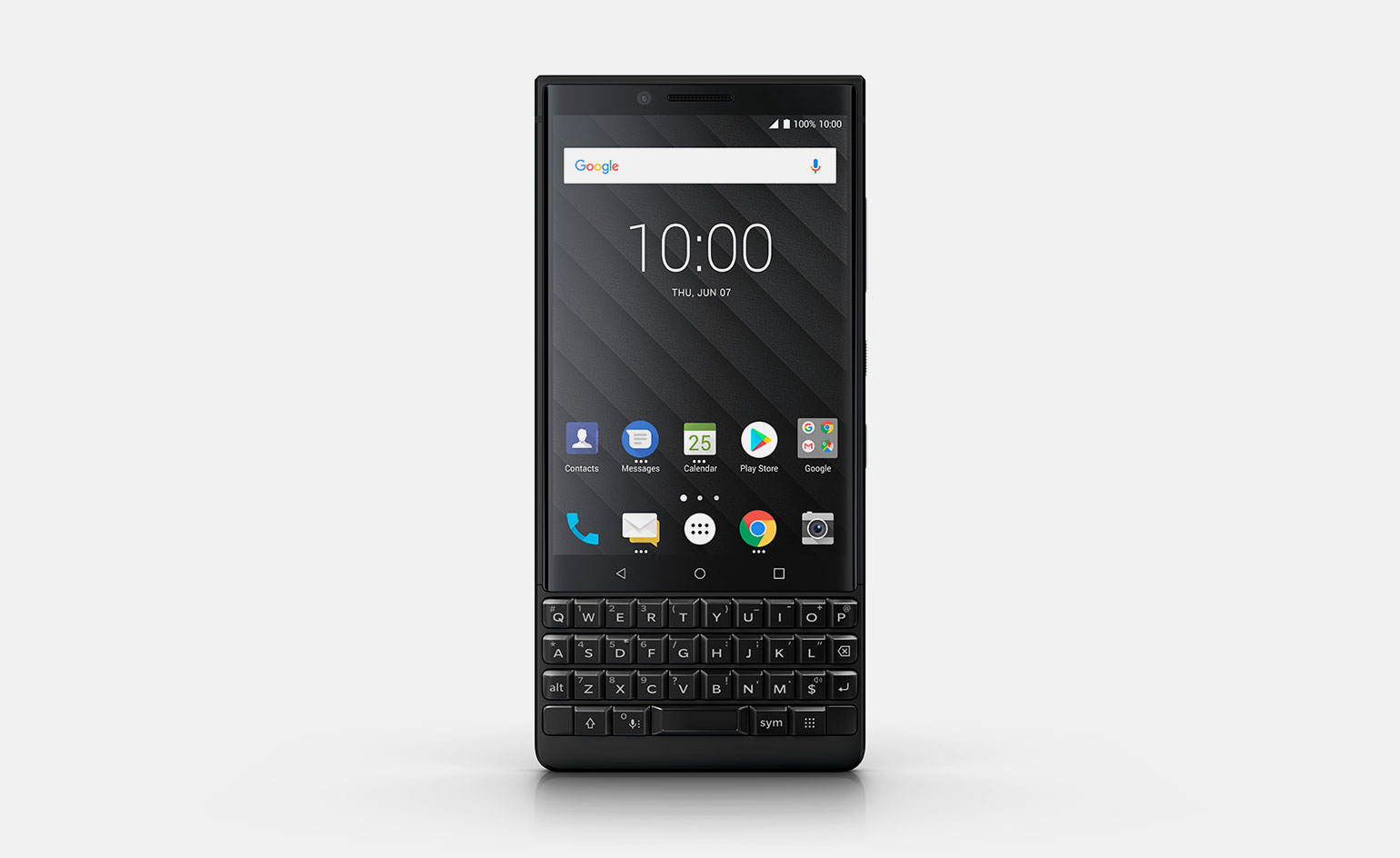
The story of the BlackBerry smartphone has become a technology-tuned fable over the years. The once hugely popular manufacturer had a monopoly on portable communications, peaking in 2013, with 85 million subscribers worldwide. But as iOS and Android picked up pace, the Canadian company’s popularity dwindled, with subscribers falling to 23 million in 2016. Today, BlackBerry (alongside parent-company TLC Communications) has resurrected the ‘Berry from consumer tech’s dusty back porch with the launch of the BlackBerry KEY2 smartphone, which is being pitched as a defiantly different market disrupter: a device for people craving a change; bored by the homogenisation of smartphone design. Whether it will tempt the scrolling thumbs of a new generation of picky phone aficionados, or succeed in attracting the old guard, remains to be seen.
From a design perspective, changes from the previous KEYone model (launched in 2017) are subtle. It was crucial to the in-house designers that the KEY2 remain distinctly ‘BlackBerry’, and it is unmistakably so. There have been a few sensitive transitions worth noting, however. Firstly, its slimmer, lighter, and generally better looking; edges have been squared, corners sharpened. Plus, an ergonomic textured back panel reduces the need for a clunky case, as it keeps the device tightly in your palm.

The nostalgic, physical keyboard BlackBerry is known for (with that twizzle button in the middle) was a feature left behind by tech titans Apple and Samsung, in favour of touch-type screens. But it sees a return in the KEY2, with a few tweaks to satisfy today’s user. The tracker ball has rolled off, in favour of an innovative swipe system, that turns the keyboard into an extension of the screen. Simply run your finger along the keys, and you’re scrolling as if on iPhone glass.
It looks, and feels, retro, which is not a bad thing, considering the trend for new school tech being successfully (and popularly) designed into familiar, old school shells. And there’s something undeniably satisfying about pushing a button. When typing on the physical keyboard, it forces users to be more thoughtful and deliberate – after whizzing your thumbs of the slick, iPhone or Samsung glass, it feels pleasingly typewriter-like. What’s more, every small detail has been refined, including the fret spacing, more noticeable print colour, and more dynamic backlighting for enhacned user control.

In terms of specifications, the 12-megapixel, dual-rear camera is a marked improvement of previous BlackBerry offerings. A bag of in-built, app-like features includes Portrait Mode, Optical Superzoom, and Google Lens (meaning you can snap a picture of a book cover, for example, and Google will help find it for you online). There’s also a document scanner, important as it recalls BlackBerry’s longstanding emphasis on being a ‘work phone’; a device primarily for business use. With photo-taking and Instagram becoming an essential part of many people’s day-to-day lives (not to mention jobs), the design team made the camera another creative, functional tool for streamlining day-to-day working.
Security has never been more important for Blackberry, and the KEY2 promises to be equally as successful in this regard as previous models. ‘BlackBerry phones are the world’s most secure Android smartphones. We design them for security from the inside out,’ explains Alex Thurber, of Mobility Solutions at BlackBerry. ‘BlackBerry has been iterating and perfecting our approach to mobile security for decades.’ With features like private folders for documents and photos so they don’t get uploaded to the cloud and Firefox Focus, by Mozilla, a private browser for when you don’t want your web browsing session tracked, the Blackberry security sysem is all about personal privacy control. A pre-loaded privacy application called Locker (which has been updated from existing models) can only be accessed with your fingerprint or password, helping store and protect sensitive user data, apps and content.
It’s a brave offering from BlackBerry, which even through difficult climates, has decided to stick to its design principles and ethos. The hope is that the KEY2 will be different enough from existing smartphones to gain a new (if non-mainstream) core customer base, and re-connect with now dissilusionsed Blackberry customers; while maintaining all the positive developments Blackberry phones have made over their 19 year history, to maintain the phone’s loyal fanbase.
INFORMATION
BlackBerry KEY2 will begin shipping globally this month with the suggested retail price starting at £579. For more information, visit the BlackBerry website
Receive our daily digest of inspiration, escapism and design stories from around the world direct to your inbox.
Elly Parsons is the Digital Editor of Wallpaper*, where she oversees Wallpaper.com and its social platforms. She has been with the brand since 2015 in various roles, spending time as digital writer – specialising in art, technology and contemporary culture – and as deputy digital editor. She was shortlisted for a PPA Award in 2017, has written extensively for many publications, and has contributed to three books. She is a guest lecturer in digital journalism at Goldsmiths University, London, where she also holds a masters degree in creative writing. Now, her main areas of expertise include content strategy, audience engagement, and social media.
-
 The new Tudor Ranger watches master perfectly executed simplicity
The new Tudor Ranger watches master perfectly executed simplicityThe Tudor Ranger watches look back to the 1960s for a clean and legible design
-
 This late-night hangout brings back 1970s glam to LA’s Sunset Boulevard
This late-night hangout brings back 1970s glam to LA’s Sunset BoulevardGalerie On Sunset is primed for strong drinks, shared plates, live music, and long nights
-
 How Memphis developed from an informal gathering of restless creatives into one of design's most influential movements
How Memphis developed from an informal gathering of restless creatives into one of design's most influential movementsEverything you want to know about Memphis Design, from its history to its leading figures to the pieces to know (and buy)
-
 Seven covetable accessories designed to improve your Apple experience
Seven covetable accessories designed to improve your Apple experienceWe present a clutch of cultured accessories for all things Apple, from chargers to cases, straps and keyboard covers
-
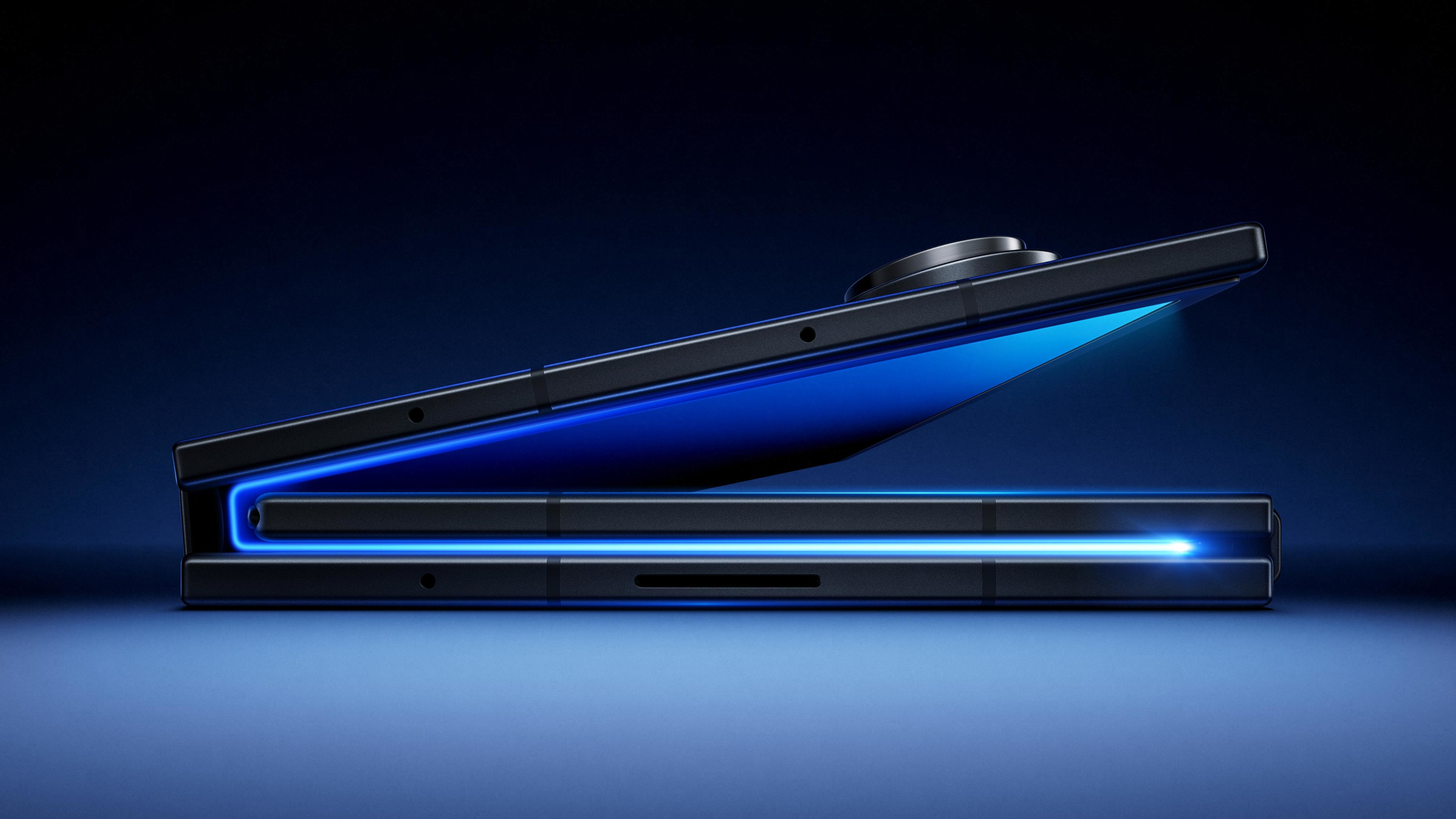 Samsung Galaxy Z TriFold is a pocket tablet that takes folding screens to new extremes
Samsung Galaxy Z TriFold is a pocket tablet that takes folding screens to new extremesSamsung has announced its newest flagship device, the Galaxy Z TriFold. Featuring three folding screens, this ultimate smartphone can transform into a ten-inch tablet
-
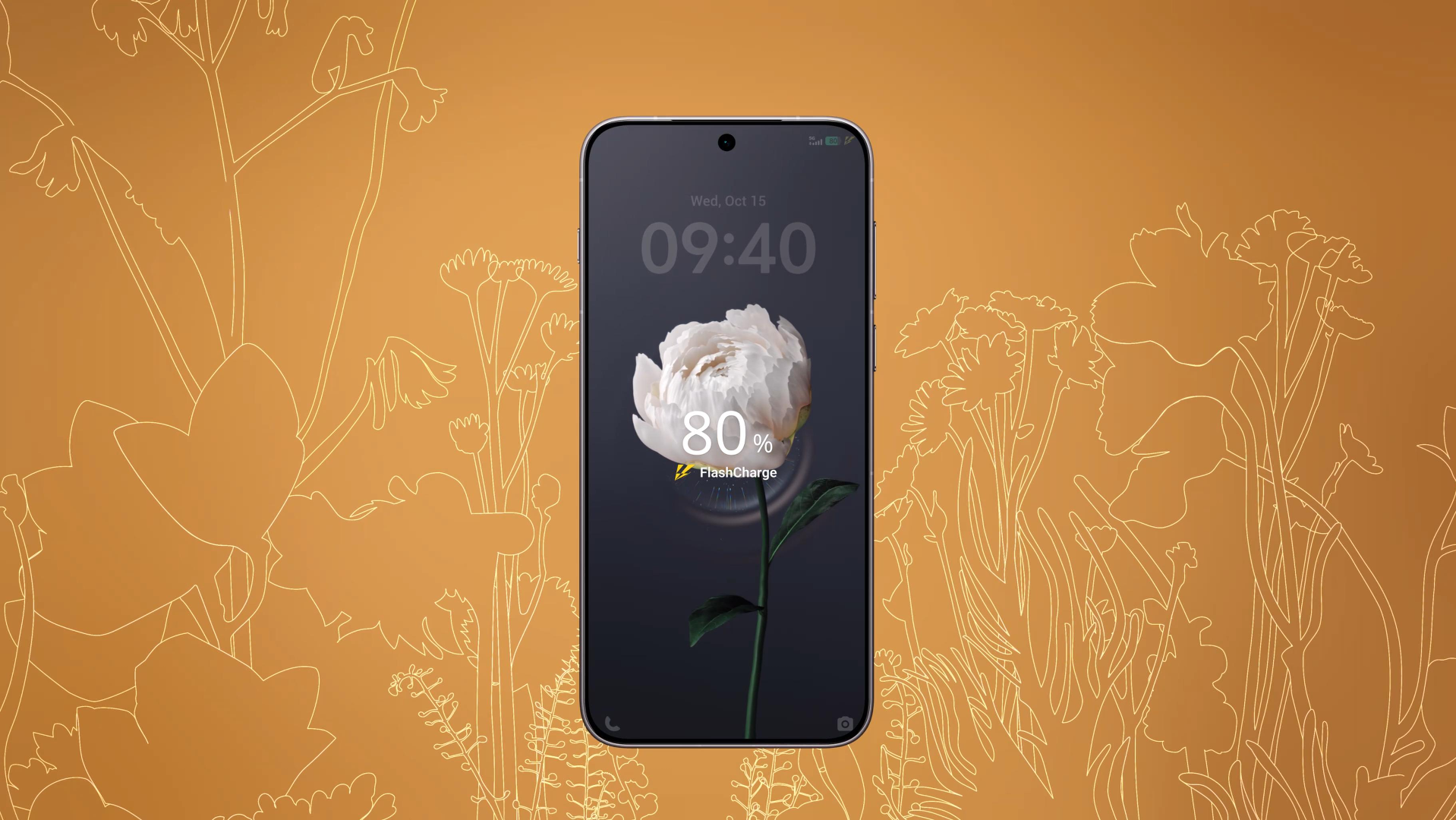 Vivo launches OriginOS 6, for a smooth and intelligent mobile experience
Vivo launches OriginOS 6, for a smooth and intelligent mobile experienceSuperior AI, next-level graphics and a seamless user experience make this Vivo’s most sophisticated operating system yet
-
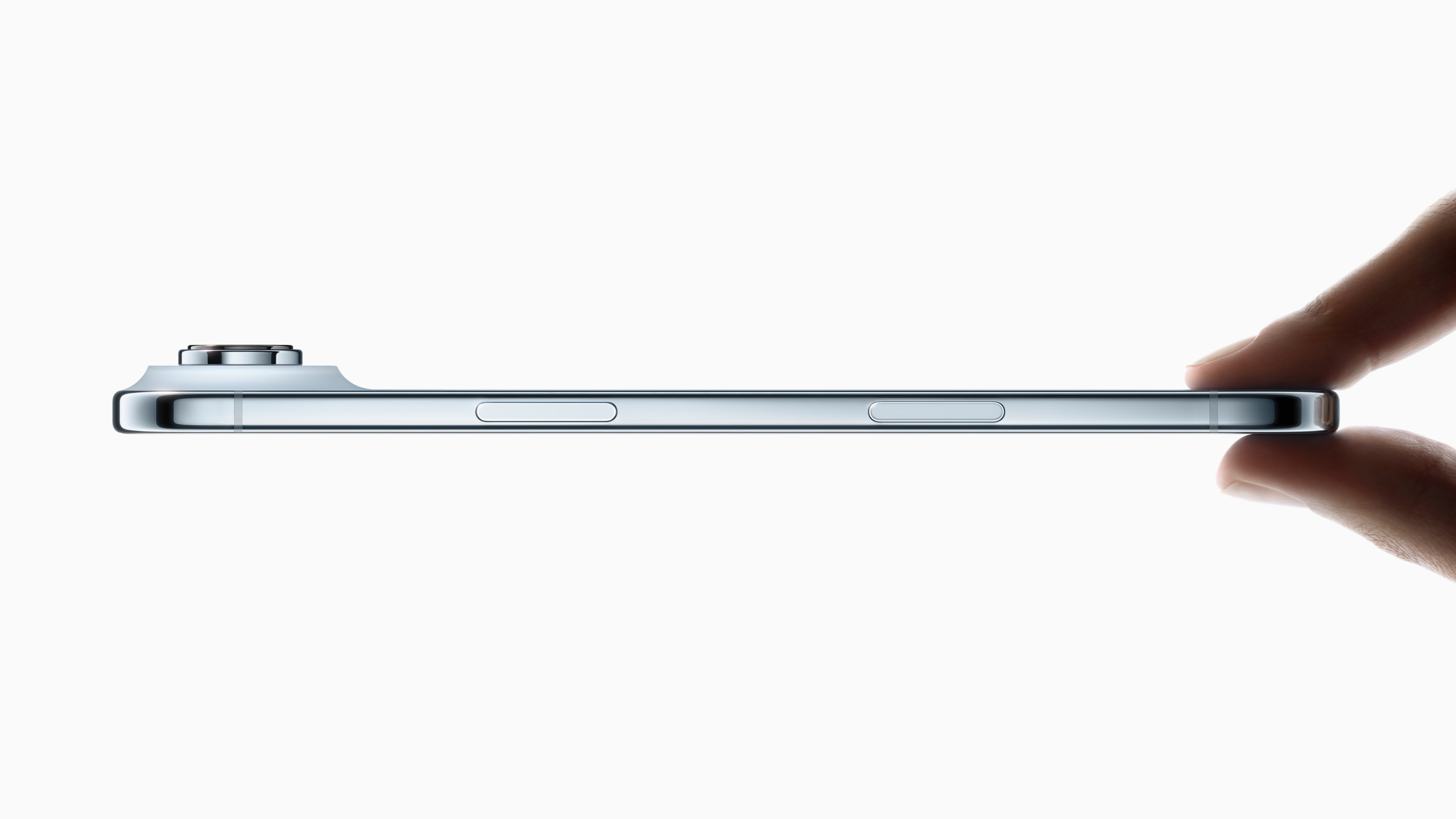 The Apple iPhone Air leads the company’s round of autumn product launches
The Apple iPhone Air leads the company’s round of autumn product launchesThe new Apple iPhone 17 range boasts better cameras, more memory and more Apple Silicon. It launched alongside new Apple Watches, new AirPods and the remarkable iPhone Air. We explore out the key innovations and products
-
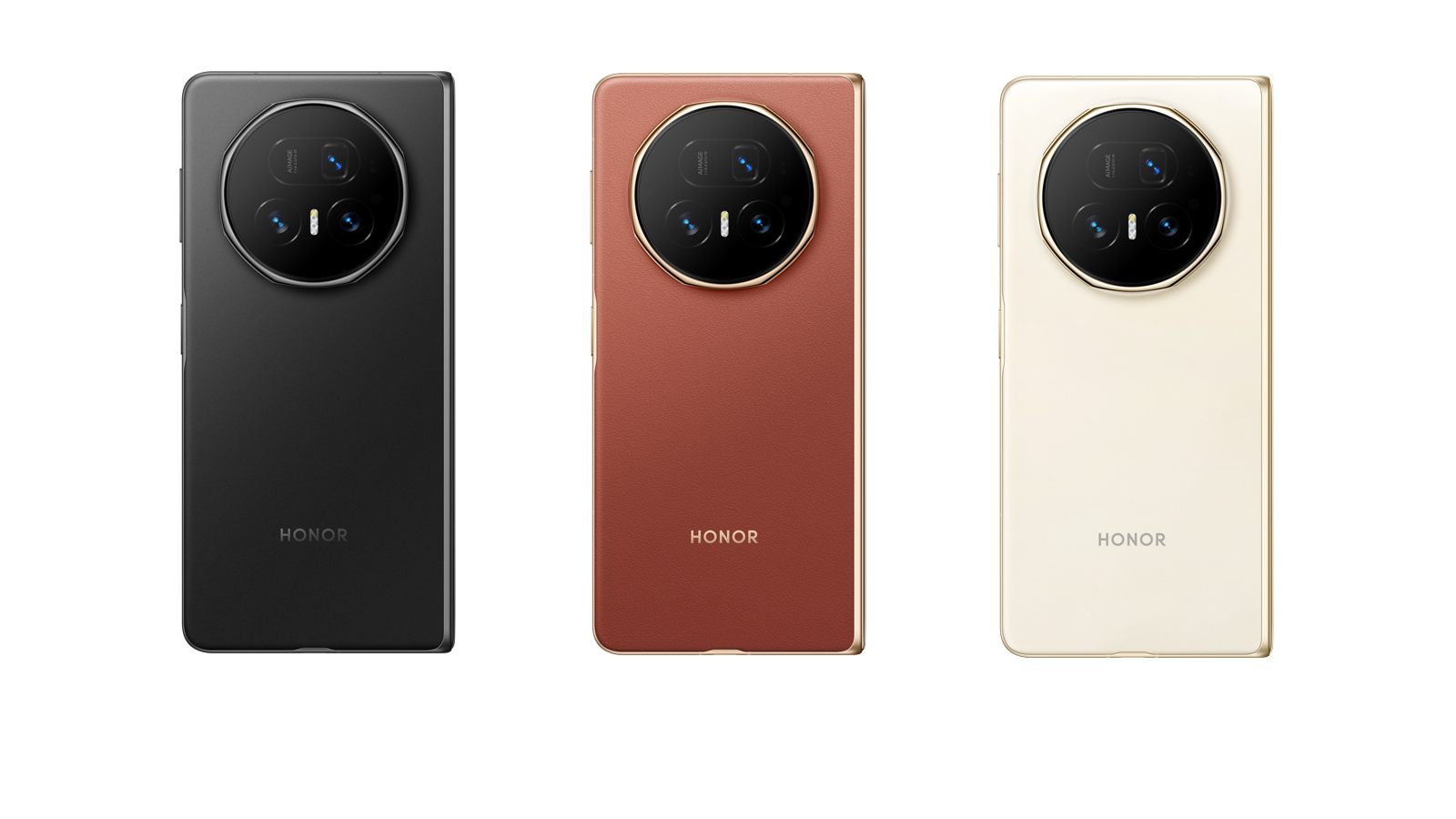 Honor introduces an ultra-slim trio of new flagship foldable phone, tablet and laptop
Honor introduces an ultra-slim trio of new flagship foldable phone, tablet and laptopThin is in as Honor goes for style and substance with three new portable computing devices – a high-powered folding phone, tablet and laptop that offer anything but slim pickings
-
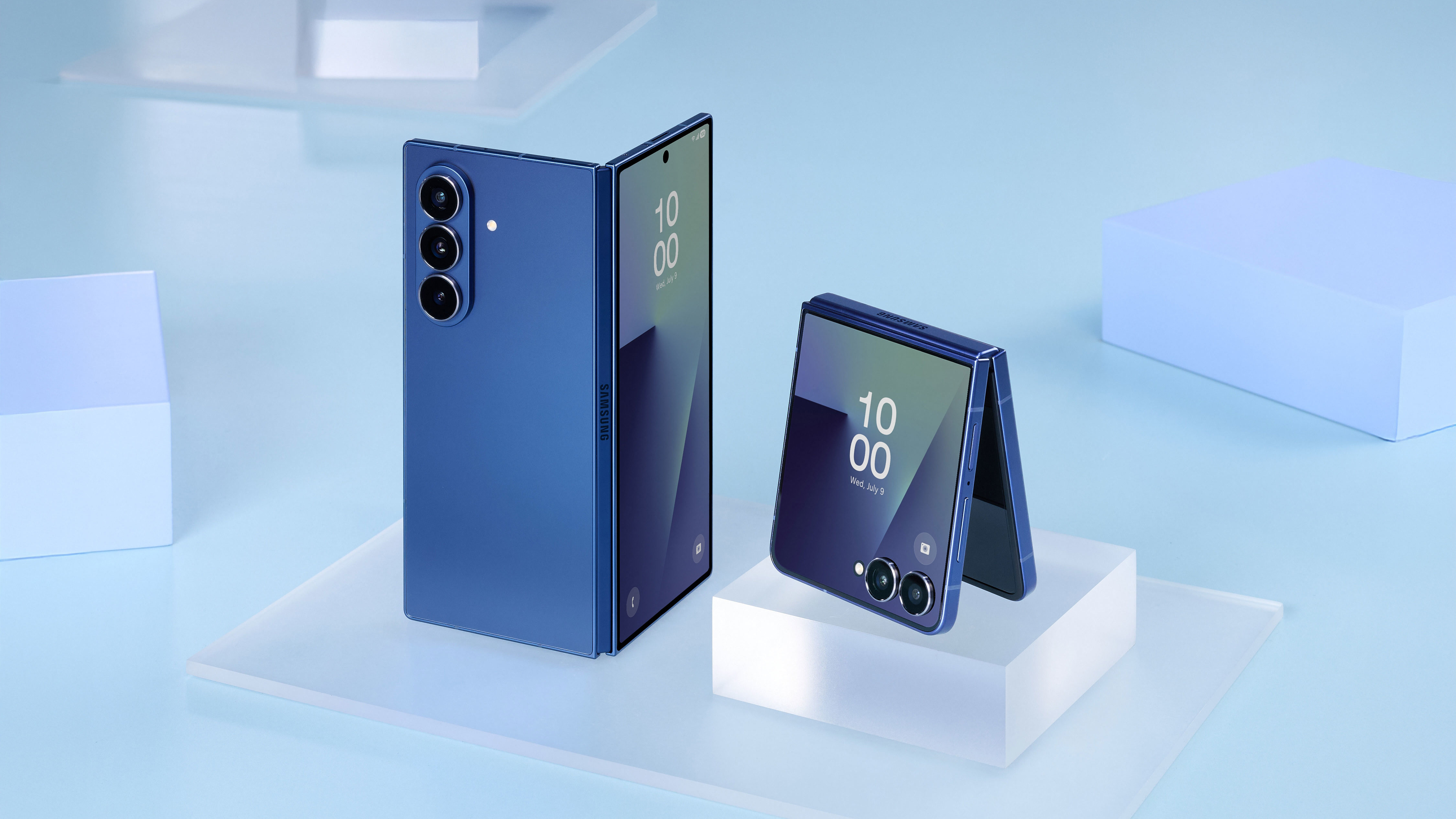 Samsung’s Galaxy Z Fold7 shows the folding smartphone still has traction as a flagship device
Samsung’s Galaxy Z Fold7 shows the folding smartphone still has traction as a flagship deviceThe Samsung Galaxy range has been given a thorough overhaul, with a new Fold, new Flip and an update to the class-leading Galaxy Watch series
-
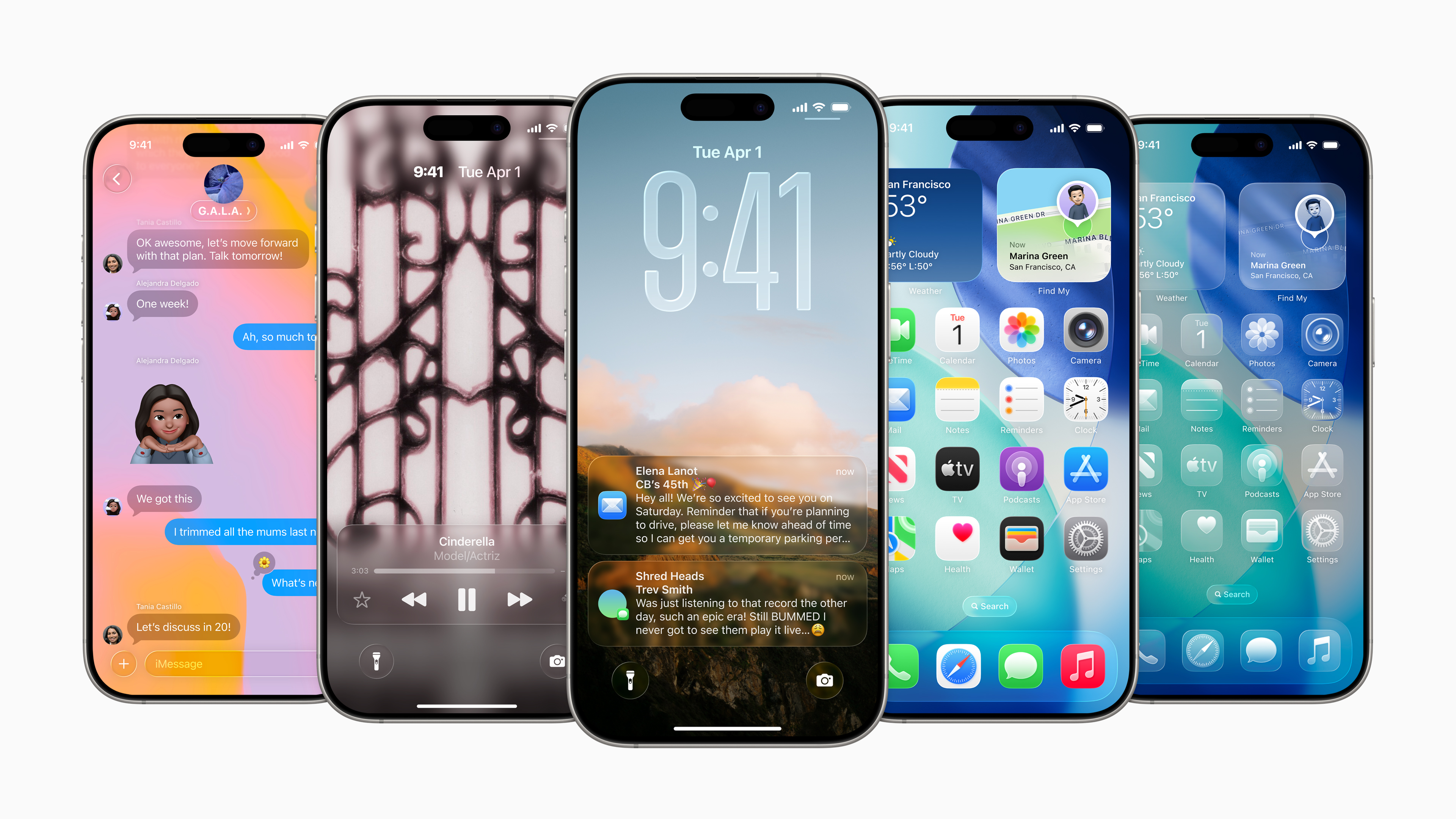 Liquid Glass, subtle AI and cross-device continuity define Apple’s new 26-branded OS
Liquid Glass, subtle AI and cross-device continuity define Apple’s new 26-branded OSAt WWDC25, Apple announced a raft of design changes, rolling out iOS 26, iPadOS 26, macOS Tahoe 26, watchOS 26, and tvOS 26 to the delight of attending developers
-
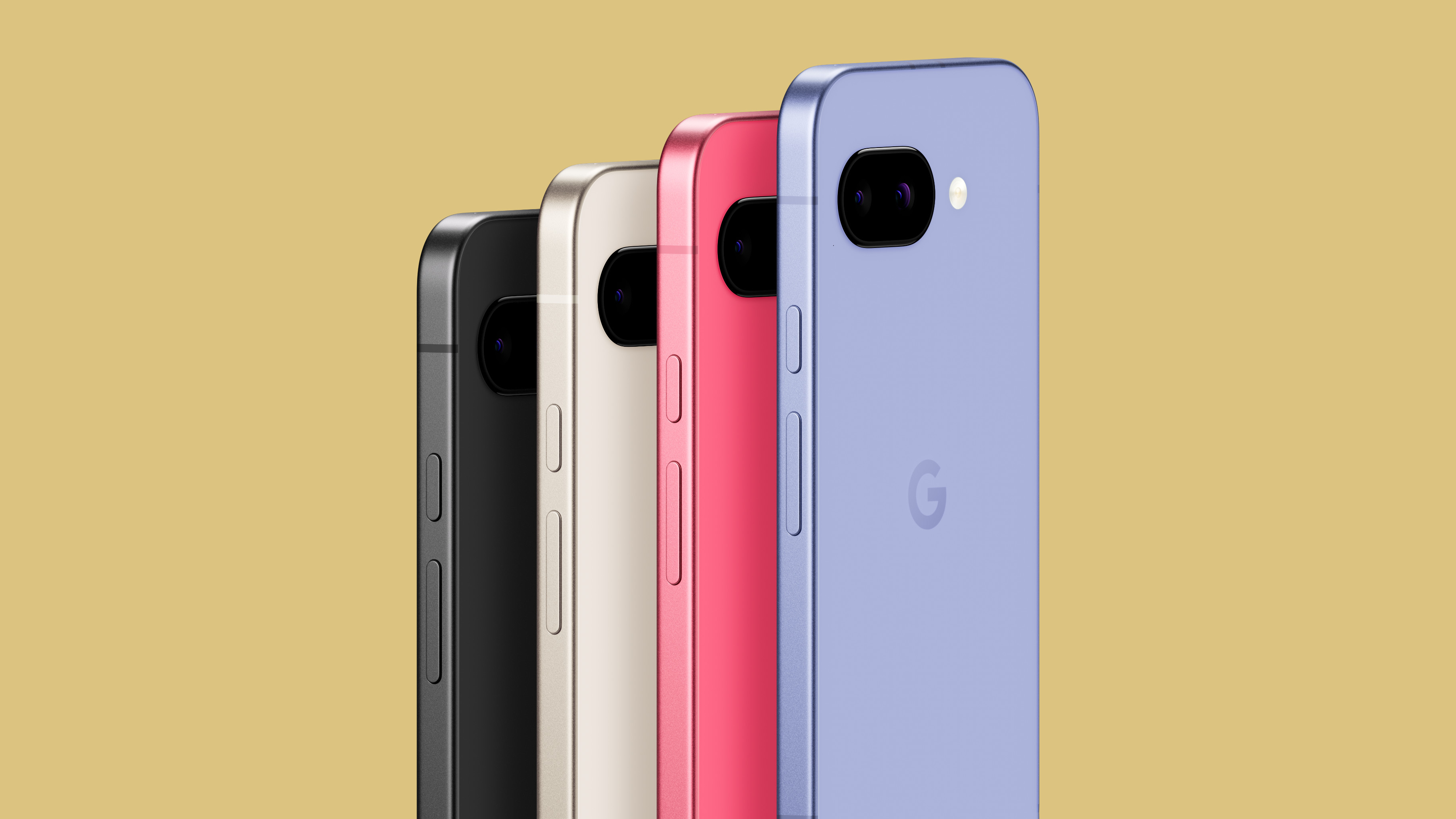 The new Google Pixel 9a is a competent companion on the pathway to the world of AI
The new Google Pixel 9a is a competent companion on the pathway to the world of AIGoogle’s reputation for effective and efficient hardware is bolstered by the introduction of the new Pixel 9a, a mid-tier smartphone designed to endure